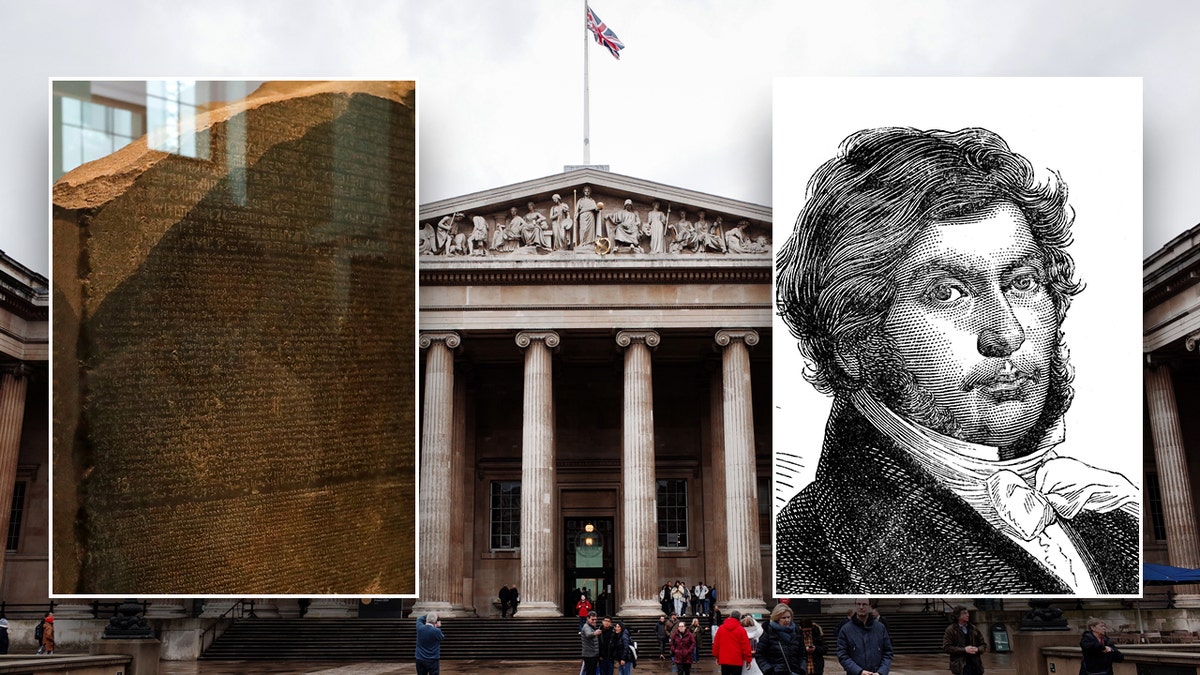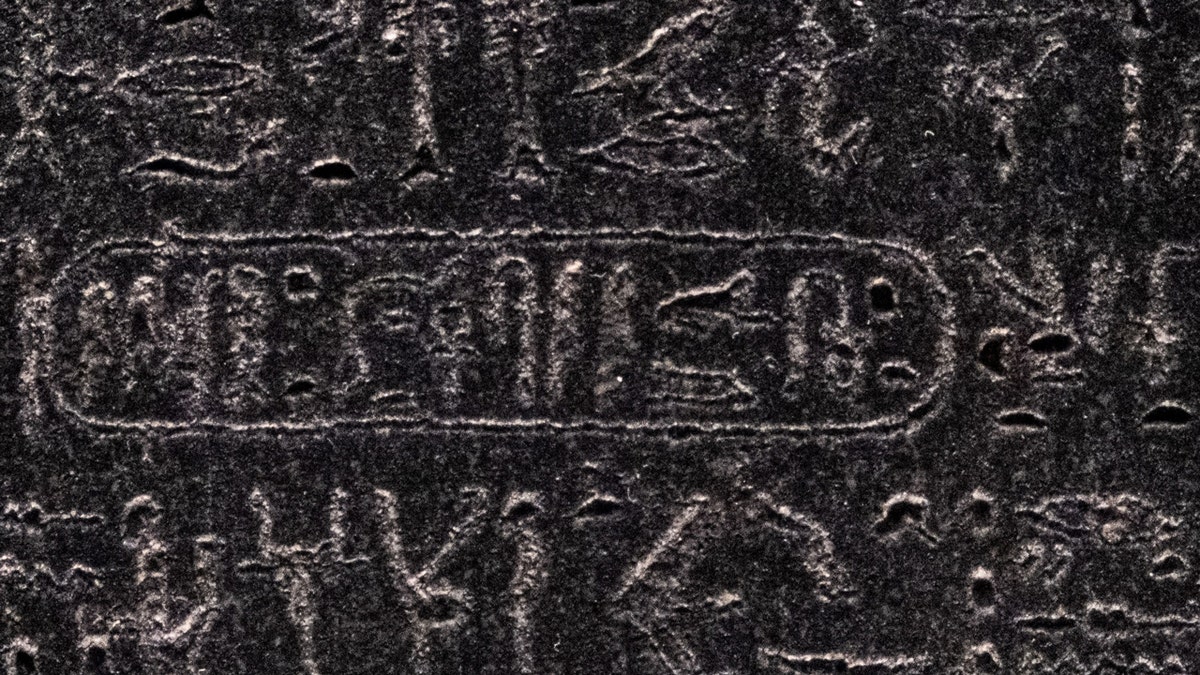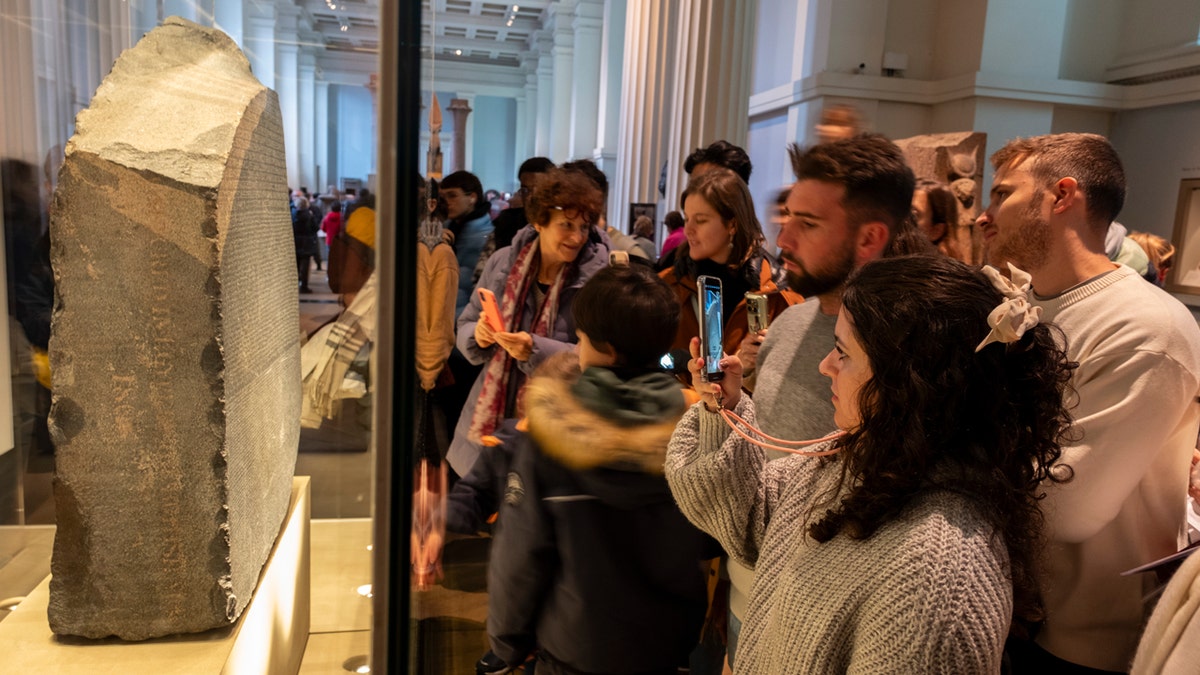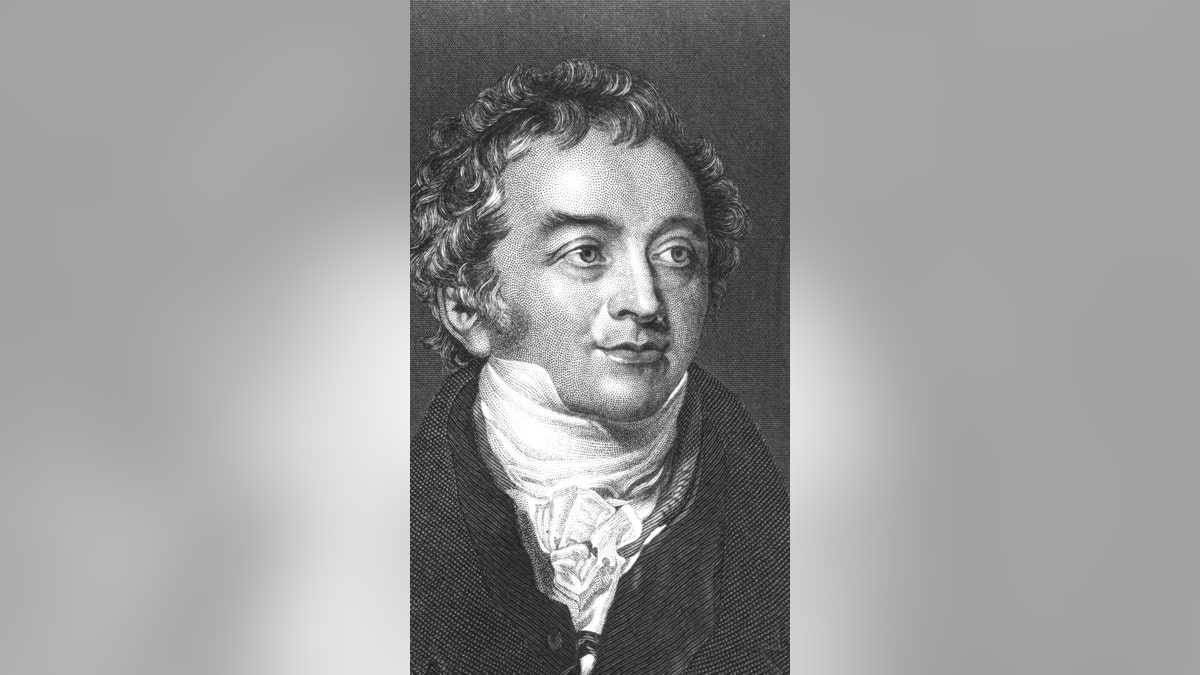
This article was originally published on FOX News - World. You can read the original article HERE
The Rosetta Stone was vital in understanding the writing system of hieroglyphics, which spent years as a forgotten writing system.
After the stone was first discovered, it took many years for it to be deciphered.
Now, it belongs to The British Museum in London, England, where it has been since 1802, briefly being moved during World War I for its safe keeping.

The Rosetta Stone allowed researchers to decipher hieroglyphics. Jean-François Champollion announced that he deciphered the message in 1822. (Han Yan/Xinhua via Getty Images I David Cliff/SOPA Images/LightRocket via Getty Images I Ann Ronan Pictures/Print Collector/Getty Images)
THE GREAT BASIN BRISTLECONE PINE, DATING BACK ALMOST 5,000 YEARS, IS WORLD'S OLDEST TREE
- Who discovered the Rosetta Stone?
- What is the Rosetta Stone, and why is it important?
- What is the actual message in the Rosetta Stone?
1. Who discovered the Rosetta Stone?
The Rosetta Stone was discovered in 1799 by Napoleon Bonaparte's soldiers, while he was campaigning in Egypt, according to The British Museum.
The stone was found built into an ancient wall near the town of Rashid (Rosetta).
When the British defeated the French, the ancient stone was put into British possession in 1801, according to History.com.

The Rosetta Stone was first discovered in 1799. (AMIR MAKAR/AFP via Getty Images)
WHO IS BANKSY? THE ENGLAND-BASED STREET ARTIST'S WORK IS WELL-KNOWN, BUT HIS IDENTITY IS A MYSTERY
The Rosetta Stone has remained in British possession ever since.
2. What is the Rosetta Stone, and why is it important?
The Rosetta Stone is a broken part of a bigger stone slab. It measures 44 inches tall and 30 inches wide, according to History.com.
The Rosetta Stone is inscribed with the same text in different scripts; Demotic, hieroglyphic and Greek.
The stone is important as it played a vital role in scholars deciphering Egyptian hieroglyphs.

The Rosetta Stone is currently housed at The British Museum in London, England. (Mike Kemp/In Pictures via Getty Images)
After the 4th century A.D., the writing system was no longer used, making it forgotten for many years, until it was understood with the deciphering of the message inscribed on the ancient artifact.
3. What is the actual message in the Rosetta Stone?
Decoding the message of the Rosetta Stone was a combined effort of several scholars over the course of many years.
The first to make major progress on decoding the Rosetta Stone was an English physicist named Thomas Young.
In 1814, Young determined that the hieroglyphs that were enclosed in ovals, called cartouches, were royal names, according to History.com.
French scholar Jean-François Champollion, built upon Young's work, and announced in 1822 that he successfully deciphered the message.

Thomas Young played a vital part in deciphering the Rosetta Stone. (Oxford Science Archive/Print Collector/Getty Images)
CLICK HERE TO GET THE FOX NEWS APP
The message inscribed on the stone is a decree regarding Ptolemy V Epiphanes, according to The British Museum, who was king of the Ptolemaic dynasty of Ancient Egypt. It was issued by a council of priests and stated that "the priests of a temple in Memphis supported the king," per the museum.
The stone's decree dates back to 196 B.C., according to Britannica and details many of his accomplishments, including tax reductions and restoring peace in Egypt, per the source.
This article was originally published by FOX News - World. We only curate news from sources that align with the core values of our intended conservative audience. If you like the news you read here we encourage you to utilize the original sources for even more great news and opinions you can trust!










Comments